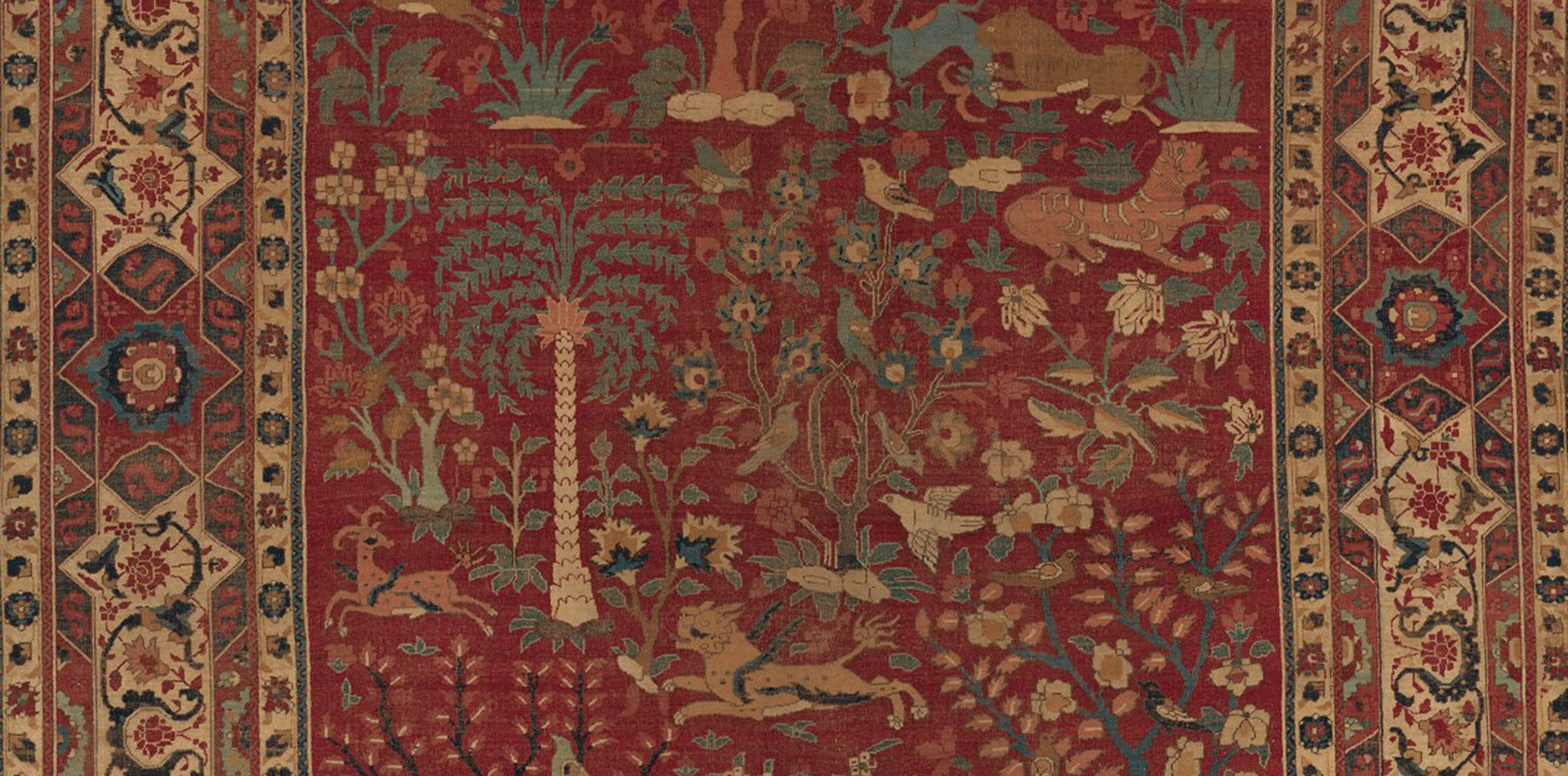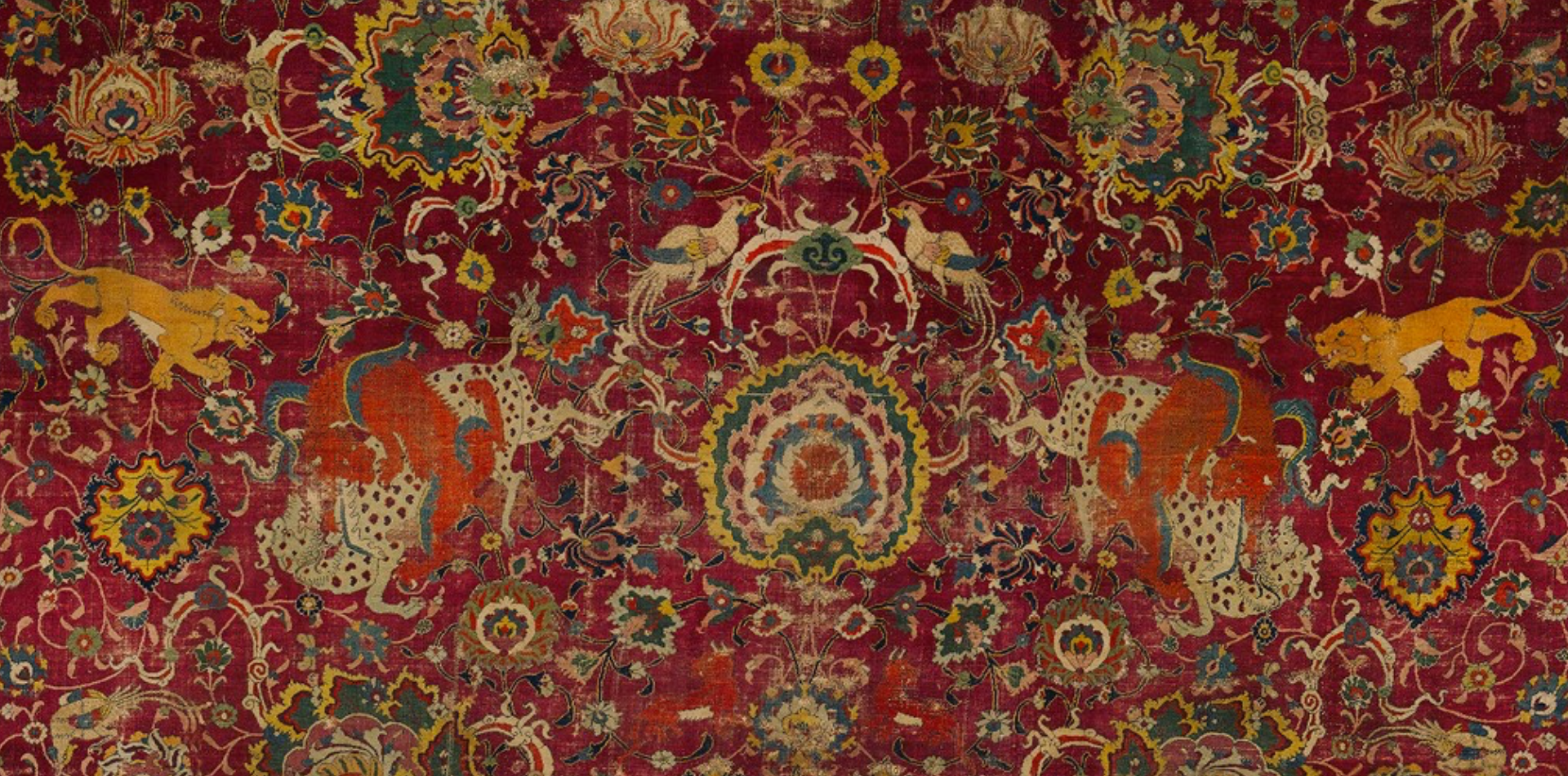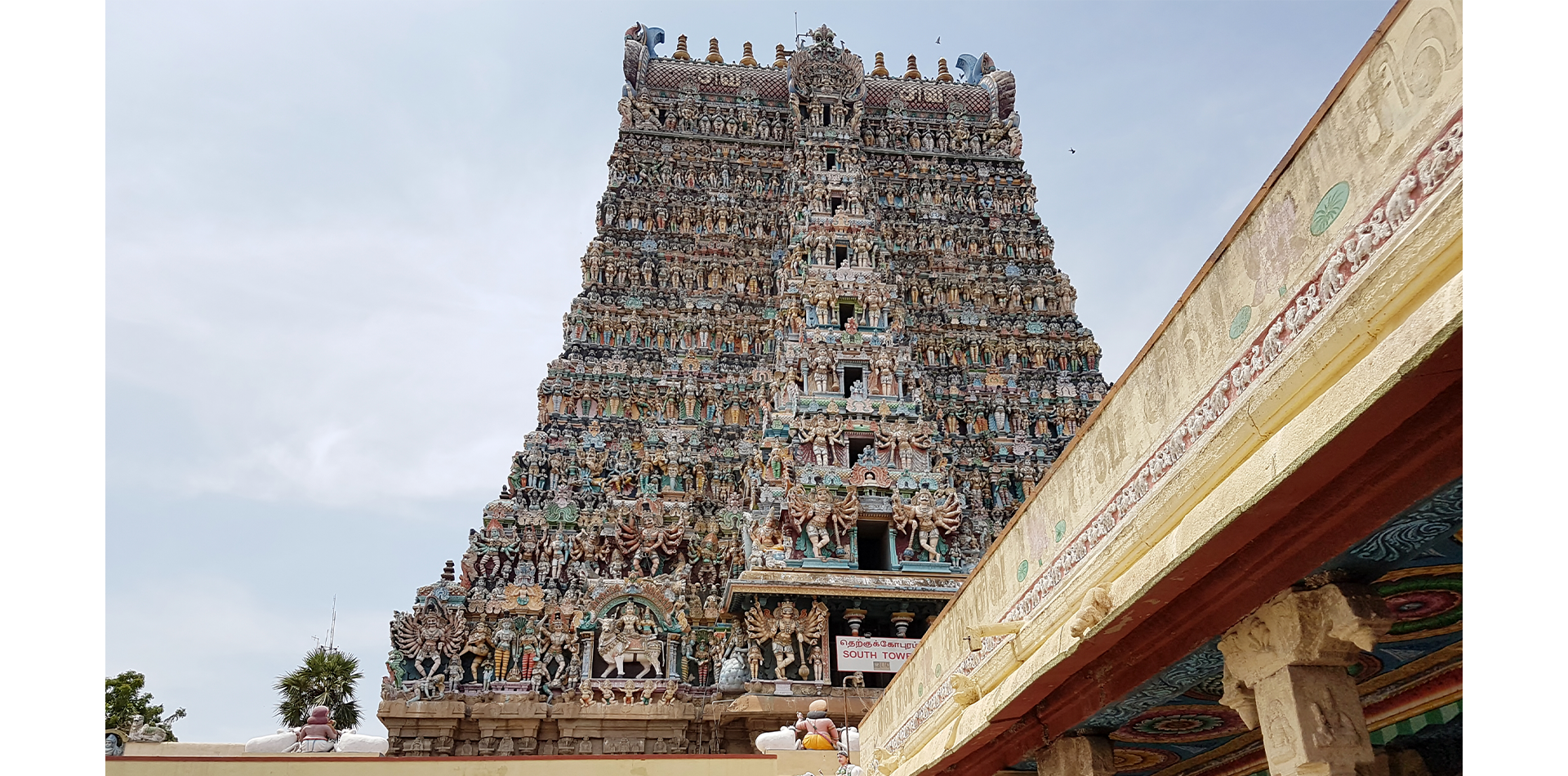The Nude Body in Indian Art Past and Present
Let’s now turn to look at how modern representations of female figures and deities relate to historical imagery, and how the reception of this imagery has been challenging in light of broader social and political pressures in the second half of the 20th century.
The female nude and sexualised imagery were ubiquitous in ancient Indian art, as can be seen in temple sculpture across the subcontinent. In secular art of the 20th century however, depictions of the female nude have been scarcer and at times, controversial. Examples by Amrita Sher Gil, who has painted the female figure liberally, reveal her freedom and the influence of her European education and heritage on her work. Progressive Artists Group founding member, the Goan artist FN Souza, painted the female nude often and without issue. His works ranged from nearly traditional to grotesque, often referencing Christian narratives and sources. On the other hand, some painters have faced heavy criticism for their nude representations, and in one such such instance, Akbar Padamsee, born to a Muslim family, was arrested in 1954 on obscenity charges for his paintings depicting a man’s hand on a woman’s breast, though he won the case in both the higher and lower courts.
The most famous and impactful controversy around this topic centres on India’s renowned modernist painter, Progressive Group artist M.F. Husain. Let’s take a closer look at some of his paintings, the controversies surrounding the reception and interpretations of his work and the broader questions and ideas they enable us to think about.
Husain’s life and practice
Husain was a self-taught painter, born in Pandarpur in 1915 and arriving in Bombay in 1937 penniless to try his luck as an artist. In his early years in the city, Husain earned his living painting cinema billboards. He transitioned to be a full time professional artist by independence, while retaining his interest in cinema and the aesthetics of cinema billboards. While several key artists in the Progressive Artists Group left for Europe within a couple of years, Husain largely remained in India. He was tied to India by family and the richness of Indian culture was also a main thematic focus of his work.
Husain was unique in how he specifically sought to connect India’s past and present in his work. His career-long exploration of mythology, goddesses, and the female form became controversial because of a charged political climate in the 1990s and beyond. As a Muslim figure who was associated with the image of modern secular India itself, he found himself subjected to criticism for painting nude Hindu goddesses and a nude mother India. Let’s look at some of these works in relation to historical precedents and briefly examine the “Husain affair” to learn more; in doing so, we’ll be looking at a concrete example of how developments in art intersect and engage with social and political issues.
Iconography of the goddess
The work that instigated the “Husain affair” is a modest drawing of the goddess Saraswati that the artist created in the 1970s. This line drawing depicts an unclothed Saraswati, the Hindu goddess of learning, wisdom, music, art, and speech. She is identifiable by various attributes or elements that connect to her role in the Hindu pantheon. These elements can be called iconography. In the case of Saraswati, she is usually shown with 4 arms, each holding one of her “attributes:” a book, a mala rosary, a water pot, and a musical instrument called a vina, which symbolizes creative arts and harmony. She can also be shown with 2 arms, as in Husain’s drawing; in this way she appears more human even as the drawing itself remains somewhat abstract. In Husain’s drawing, Saraswati is faceless and seated across her vina, here the most prominent symbol associated with her. While she is often shown with a goose, or hamsa, which can be seen as her vehicle, in Husain’s work she is represented with a peacock at her feet. This peacock can be seen as a celebration of dance and splendour. As she is often depicted near a river, representing her early history as a river goddess, in Husain’s drawing she literally holds up a section of water, marked clearly by the fish diving beneath its surface. Husain has chosen some but not all of Saraswati’s traditional iconography in his depiction: in this way, the work represents his creative choices but also remains recognizable as the goddess (even if you do not read devanagari script identifying her at the bottom).
We’ve gone into this analysis of a straightforward work at great length to give a clear example of what iconography is and how it helps us to “read” an artwork; this can at times be more challenging with works of modern and contemporary art that do not represent a recognizable figure or may be entirely abstract. We’ll be deepening our visual analysis skills in the next topic, when we study the rich narrative works of painter Gulammohammed Sheikh.
Backlash/opposition
We can see that the work is modest, especially compared to many of Husain’s major paintings. Too, the portrayal of nudity is modest. The work did not attract much attention until 1996 when the magazine Vichar Mimansa published the article “MF Husain: A Painter or Butcher,” showing the artist’s renditions of semi nude Hindu goddesses. Nationalist organizations including Hindu Jagruti Samiti and Vishva Hindu Parishad were outraged at what they perceived as profane images, threatening the artist, attacking his home, and filing more than 1000 suits against him.
Similar controversy followed in 2006 concerning Husain’s painting of a female figure on the map of the Indian subcontinent. The painting was called Bharat Mata (“Mother India”), though Husain insisted that he did not give it that title. Husain’s portrayal of mother India followed iconic representations including Abanindranath Tagore’s and a century long personification of the country as a female goddess, including by lesser known artists mapping mother India onto a map of the nation. In Husain’s work, she appears as a nude figure in the form of the subcontinent. The painting infuriated right-wing groups, leading to more death threats and the artist leaving the country, taking up Qatari citizenship, and eventually dying in exile. In looking at the painting, how does it connect to earlier examples of Bharat Mata, to Husain’s other works, and to representations of goddesses across Indian art history?
Conclusion
In looking at this case study of M.F. Husain, we can see how art and artists are profoundly impacted by social and political issues, and how long standing conventions and the reception of artworks can change markedly in a short period.











